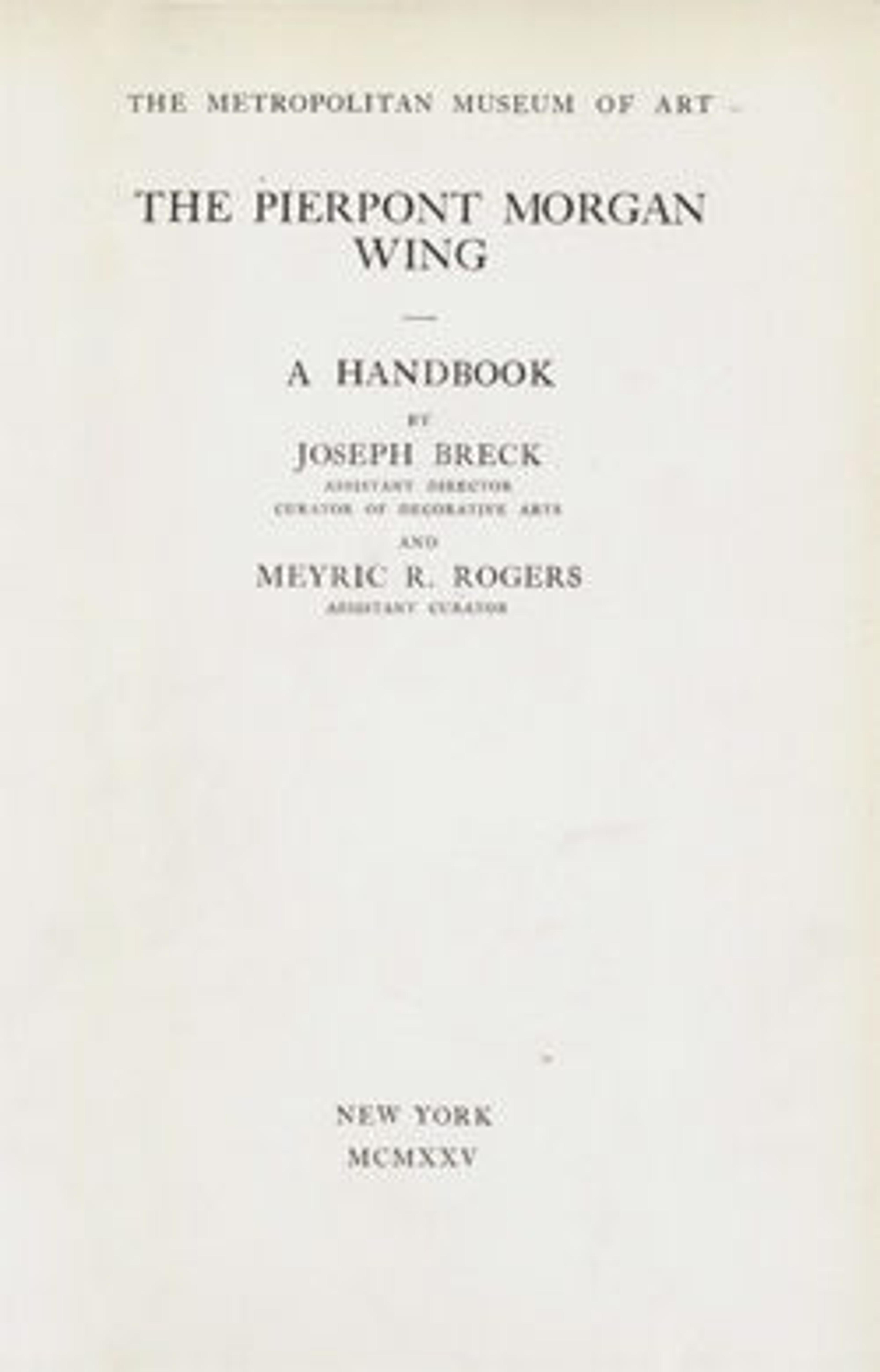Leaf from a Diptych
This ivory panel has been carved into three groups of carvings held within architectural niches: Jesus’s death on the cross and resurrection, the weighing of souls, and visual metaphors for Christian mystical experiences such as The Man of Sorrows and The Throne of Mercy. Together with its mate (17.190.266), it forms half of a diptych that could be used as a meditative aid during prayer. Carved through, it was likely glued to a painted parchment backing and set within a frame when first made.
Artwork Details
- Title:Leaf from a Diptych
- Date:mid to late 14th century
- Culture:British
- Medium:Elephant ivory
- Dimensions:Overall: 7 1/16 x 4 5/8 x 3/8 in. (18 x 11.8 x 0.9 cm)
- Classification:Ivories-Elephant
- Credit Line:Gift of J. Pierpont Morgan, 1917
- Object Number:17.190.265
- Curatorial Department: Medieval Art and The Cloisters
More Artwork
Research Resources
The Met provides unparalleled resources for research and welcomes an international community of students and scholars. The Met's Open Access API is where creators and researchers can connect to the The Met collection. Open Access data and public domain images are available for unrestricted commercial and noncommercial use without permission or fee.
To request images under copyright and other restrictions, please use this Image Request form.
Feedback
We continue to research and examine historical and cultural context for objects in The Met collection. If you have comments or questions about this object record, please contact us using the form below. The Museum looks forward to receiving your comments.
